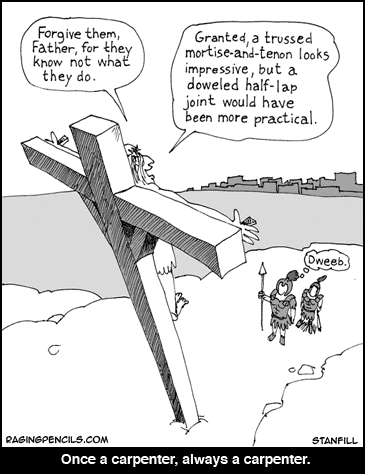Nine
Myths about Socialism in the U.S.
 (The
following list is borrowed from commondreams.org.
Visit them, won't you?) (The
following list is borrowed from commondreams.org.
Visit them, won't you?)
Myth
#1. The US government is involved in class warfare attacking
the rich to lift up the poor.
There is a class war going on all right. But it is the
rich against the rest of us and the rich are winning. The
gap between the rich and everyone else is wider in the
US than any of the 30 other countries surveyed. In fact,
the top 10% in the US have a higher annual income than
any other country. And the poorest 10% in the US are below
the average of the other Organization for Economic Cooperation
and Development (OECD) countries. The rich in the U.S.
have been rapidly leaving the middle class and
poor
behind since the 1980s.
Myth #2. The US already has the greatest health care system
in the world.
Infant mortality in the US is 4th worst among OECD countries – better
only than Mexico, Turkey and the Slovak Republic.
Myth #3. There is less poverty in the US than anywhere.
Child poverty in the US, at over 20% or one out of every
five kids, is double the average of the 30 OECD countries.
Myth #4. The US is generous in its treatment of families
with children.
The US ranks in the bottom half of countries in terms of
financial benefits for families with children. Over half
of the 30 OECD countries pay families with children cash
benefits regardless of the income of the family. Some among
those countries (e.g. Austria, France and Germany) pay
additional benefits if the family is low-income, or one
of the parents is unemployed.
Myth #5. The US is very supportive of its workers.
The US gives no paid leave for working mothers having children.
Every single one of the other 30 OECD countries has some
form of paid leave. The US ranks dead last in this. Over
two thirds of the countries give some form of paid paternity
leave. The US also gives no paid leave for fathers.
In fact, it is only workers in the US who have no guaranteed
days of paid leave at all. Korea is the next lowest to
the US and it has a minimum of 8 paid annual days of leave.
Most of the other 30 countries require a minimum of 20
days of annual paid leave for their workers.
Myth #6. Poor people have more chance of becoming rich
in the US than anywhere else.
Social mobility (how children move up or down the economic
ladder in comparison with their parents) in earnings, wages
and education tends to be easier in Australia, Canada and
Nordic countries like Denmark, Norway, and Finland, than
in the US. That means more of the rich stay rich and more
of the poor stay poor here in the US.
Myth #7. The US spends generously on public education.
In terms of spending for public education, the US is just
about average among the 30 countries of the OECD. Educational
achievement of US children, however, is 7th worst in the
OECD. On public spending for childcare and early education,
the US is in the bottom third.
Myth #8. The US government is redistributing income from
the rich to the poor.
There is little redistribution of income by government
in the U.S. in part because spending on social benefits
like unemployment and family benefits is so low. Of the
30 countries in the OECD, only in Korea is the impact of
governmental spending lower.
Myth #9. The US generously gives foreign aid to countries
across the world.
The US gives the smallest percentage of aid of any of the
developed countries in the OECD. In 2007 the US was tied
for last with Greece. In 2008, we were tied for last with
Japan.
Despite the opinions of right wing folks, the facts say
the US is not on the path towards socialism.
But if socialism means the US would go down the path of
being more generous with our babies, our children, our
working families, our pregnant mothers, and our sisters
and brothers across the world, I think we could all appreciate
it.
=lefty=
|




 (The
following list is borrowed from
(The
following list is borrowed from